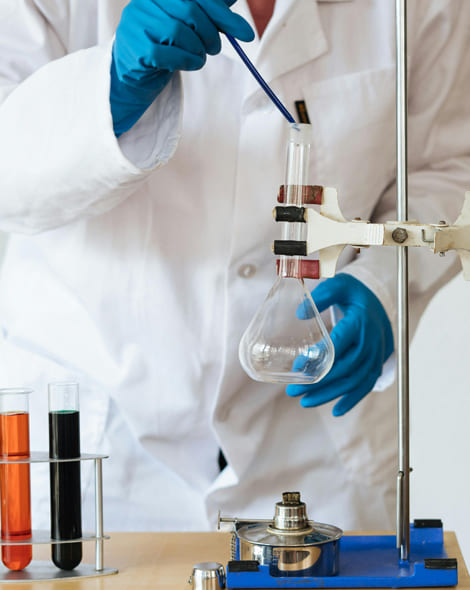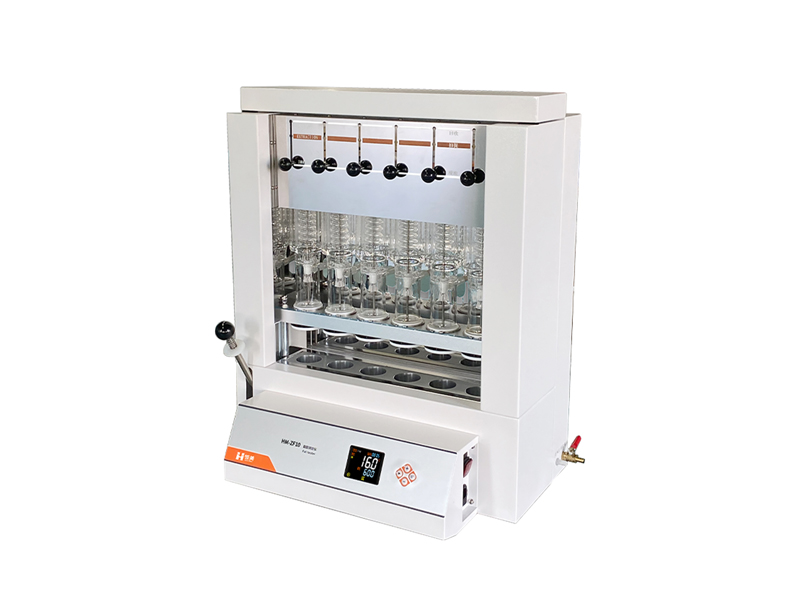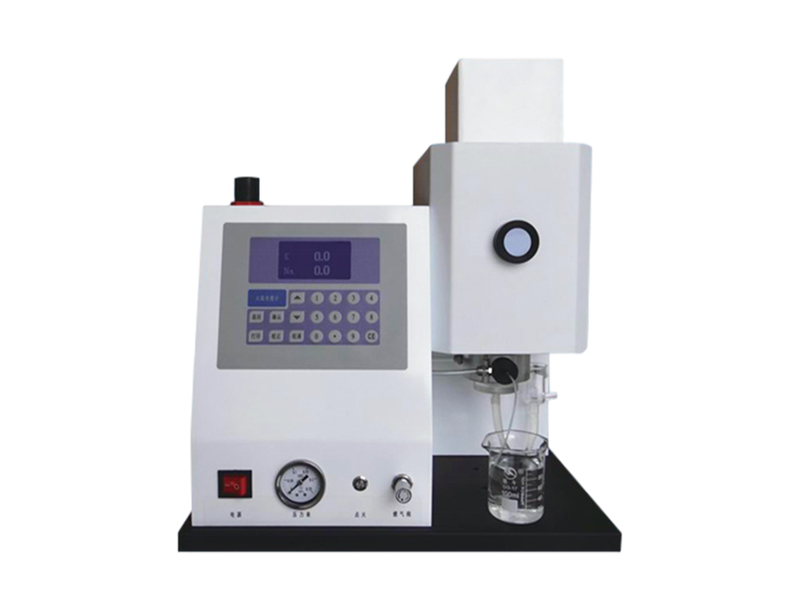Laboratory material analysis plays a crucial role in scientific research, product development, and quality control. Through in-depth analysis of materials, their inherent physical, chemical, and mechanical properties can be revealed, providing strong data support for the development and application of materials. This article will explore solutions for laboratory material analysis, in order to provide useful references for research and practice in related fields.

Overview of Material Analysis Techniques
Laboratory material analysis covers various technical methods, including but not limited to spectral analysis, chromatographic analysis, mass spectrometry analysis, thermal analysis, electron microscopy analysis, etc. These technologies each have their own characteristics and are suitable for different types of material analysis needs. For example, spectral analysis can be used to study the optical properties and chemical composition of materials; Chromatographic analysis can be used to separate and identify compounds in materials; Mass spectrometry can accurately determine the mass and structure of molecules; Thermal analysis can study the thermal stability and thermal stability of materials. Reaction process; Electron microscopy analysis can directly observe the microstructure and morphology of materials.
Laboratory Material Analysis Solution
Equipment configuration and selection: Select appropriate analytical equipment based on the specific needs of the laboratory. The selection of equipment should comprehensively consider factors such as analysis accuracy, sensitivity, resolution, and ease of operation. At the same time, maintenance and upkeep of equipment are also key links in ensuring the quality of analysis.
Optimization of analysis methods: Suitable analysis methods need to be adopted for different types of materials. In practical operation, it may be necessary to adjust and optimize the analysis conditions to obtain more accurate analysis results. This includes selecting appropriate solvents, adjusting analysis temperature, optimizing analysis time, etc.
Data analysis and interpretation: The data generated by material analysis needs to be professionally processed and interpreted in order to draw meaningful conclusions. Therefore, the laboratory needs professional data analysts who are familiar with various analysis software and techniques, able to accurately interpret data and provide reasonable suggestions.
Quality control and standard setting: In order to ensure the accuracy and reliability of analysis results, laboratories should establish a strict quality control system, including sample preparation, processing, storage, and transportation. At the same time, it is necessary to develop and improve relevant analysis standards and operating procedures to ensure the standardization and consistency of analysis.
Laboratory Safety and Environmental Protection
In the process of laboratory material analysis, safety and environmental issues cannot be ignored. Laboratories should strictly comply with relevant safety regulations and environmental protection requirements to ensure the safety of laboratory personnel and the protection of the environment. In addition, the laboratory should establish an emergency plan to respond to possible emergency situations.
The laboratory material analysis solution is a key link in improving the level of material research and application. By reasonably configuring equipment, optimizing analysis methods, strengthening data analysis and interpretation, and establishing a strict quality control system, the accuracy and reliability of material analysis can be effectively improved. In the future, with the continuous advancement of science and technology and the emergence of new materials, laboratory material analysis solutions will be constantly updated and improved to adapt to new challenges and demands.
Article address:http://www.labinstruments.net/solu/25.html







